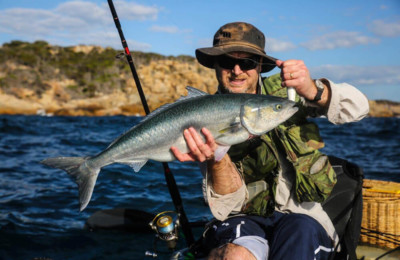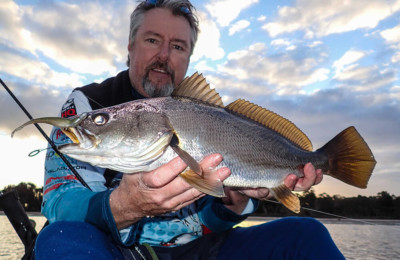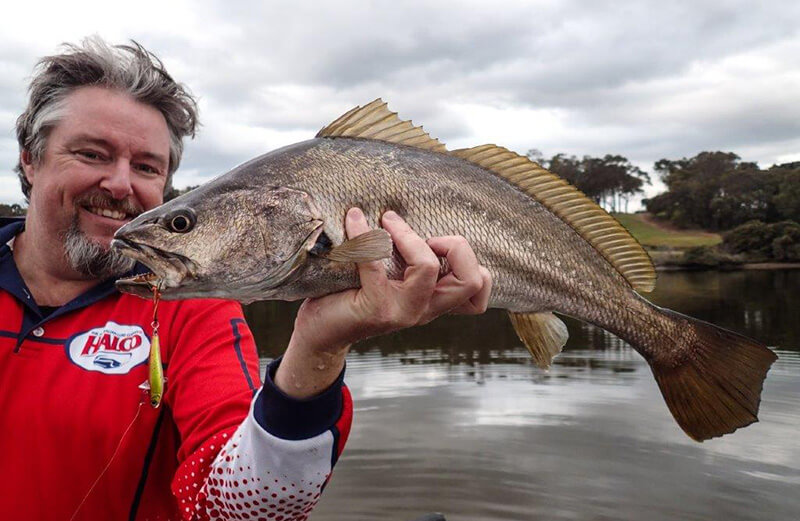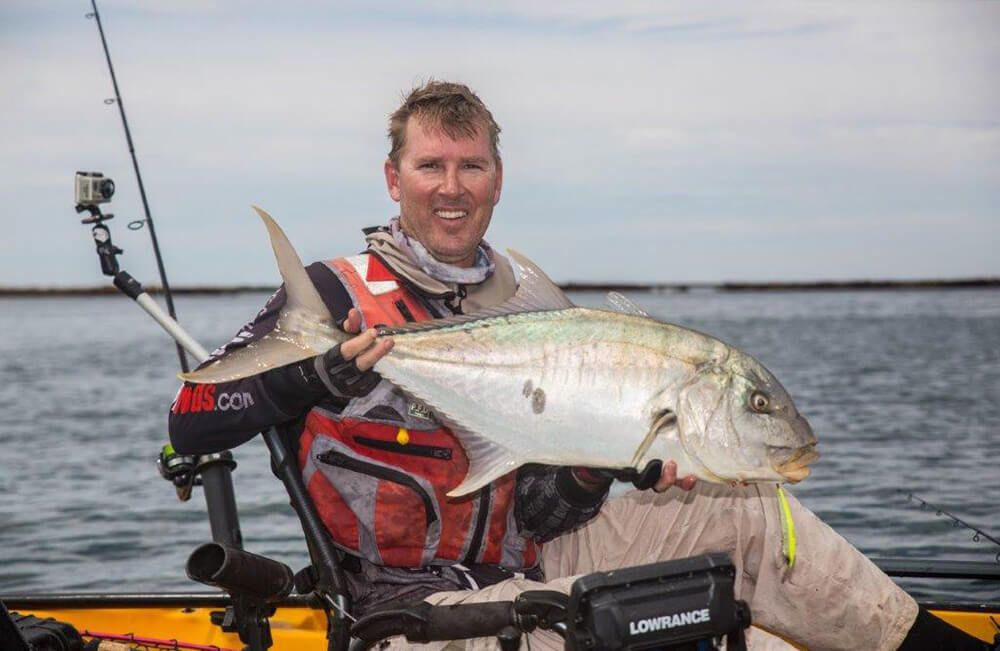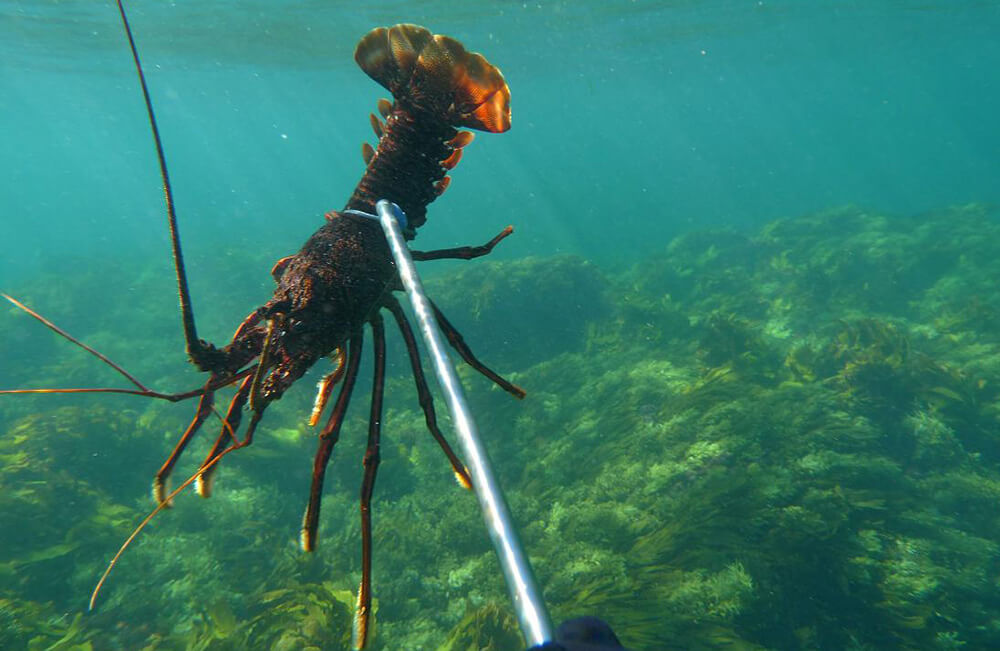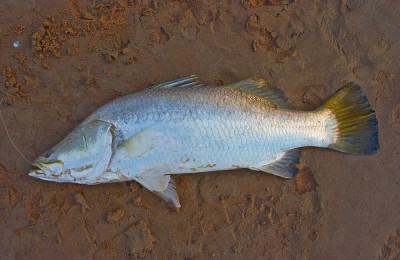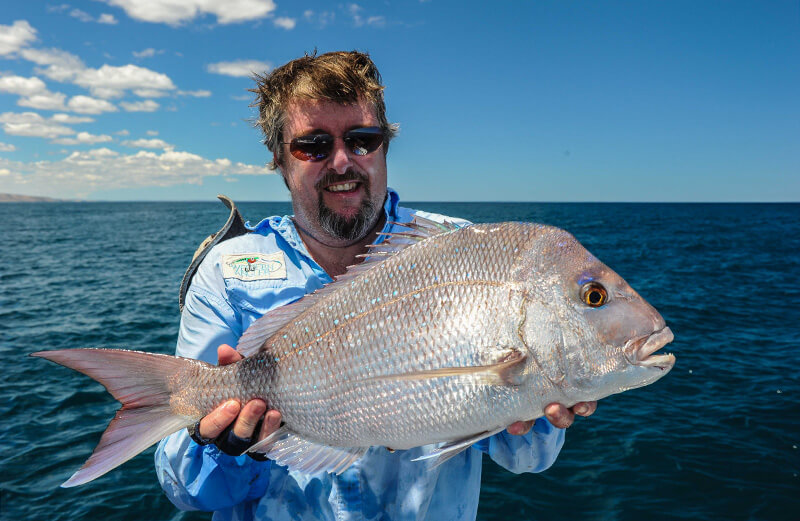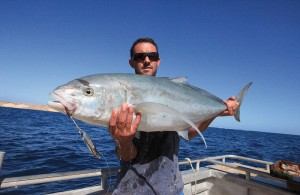 Jigging is a very effective, hands on and fun method of fishing for demersals, however many anglers are reluctant to try it as they are not sure what to do or if their gear is right for the task. In this article we will show you how easy it is to get started with jigging for demersals.
Jigging is a very effective, hands on and fun method of fishing for demersals, however many anglers are reluctant to try it as they are not sure what to do or if their gear is right for the task. In this article we will show you how easy it is to get started with jigging for demersals.
Line setup
Probably the best place to begin is with the working end of the outfit; not the jig, but the leader and main line connection. This is probably one of the most confusing and notoriously difficult areas for anglers who are making the transition from bait to lures. Bait anglers want to use swivels to get everything joined up. Lure fishers want to make everything as streamlined and as simple as possible.
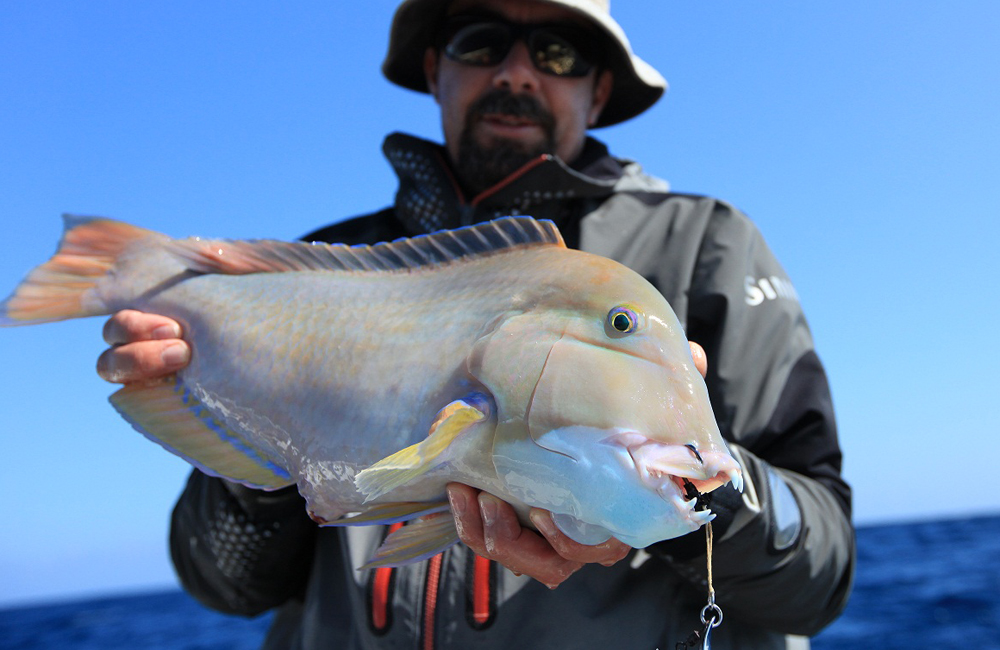 The most basic systems on the terminal end of the outfit are more often than not the best, so it is certainly one of those areas where the “Keep It Simple” principle applies. The simplest method is leader knot to jig. This knot can be whatever you have most confidence in. The Uni Knot is very popular as it is simple to tie and extremely strong, however if you have more confidence in your own knots, use them. Half of lure fishing is about confidence in what you are doing so use whatever works for you!
The most basic systems on the terminal end of the outfit are more often than not the best, so it is certainly one of those areas where the “Keep It Simple” principle applies. The simplest method is leader knot to jig. This knot can be whatever you have most confidence in. The Uni Knot is very popular as it is simple to tie and extremely strong, however if you have more confidence in your own knots, use them. Half of lure fishing is about confidence in what you are doing so use whatever works for you!
The length of leader depends on personal preference. Usually 1.5 to 2 metres does the trick but if the water is really clear then it might pay to add an extra metre or so just for luck. Remember keep it simple and do not over think it, there are no hard and fast rules. If it works for you then it is wise to stick with it until it stops working.
The weight of leader that you use is going to depend on a few things and not least of all your main line breaking strain. For offshore demersal jigging, 30 pound or approximately 15 kilo braid is a good place to start. You shouldn’t need to fish any heavier than this to get into some of the best jigging action, however, if you feel you want to try for some larger specimens then go ahead and try a heavier line, just remember to keep in mind the breaking strain of your outfit.
If fishing with 30 pound main line then as a rule of thumb, (for jigging at least) the leader should be equal to, or heavier than the main line. So for 30 pound mainline somewhere around 30, 40 or 50 pound will be fine. You can go heavier if you prefer, but remember that if you are not catching anything or getting any strikes or fumbles and others on board are, try going down in breaking strain. Likewise if you were fishing 50 pound mainline, then somewhere in the 50 to 100 pound breaking strain leader would be the option. If you start light and lose a few fish then by all means try heavier. If you start heavy and do not catch, try going lighter.
So we now go from the leader to the braid and where the two joins is the toughest area for new jiggers and lure fishers to get their head around. What is required here is not a swivel! The most desirable join here is going to be a slim and strong joining knot. There are a huge assortment to chose from; some are certainly better than others but are often very difficult to tie. The GT Knot is one of these knots but it is worthwhile learning how to tie one as it is one of the strongest knots around.
Rod and reel
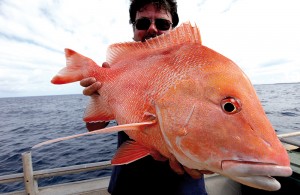 As far as a rod goes, you can use whatever rod you have been using for your regular bottom fishing. Same goes for the reel. It is always wise to remember that a lot of the outfits being sold as bottom fishing outfits (especially in the better quality spinning department) are actually jigging outfits anyway, so they will be perfectly suited.
As far as a rod goes, you can use whatever rod you have been using for your regular bottom fishing. Same goes for the reel. It is always wise to remember that a lot of the outfits being sold as bottom fishing outfits (especially in the better quality spinning department) are actually jigging outfits anyway, so they will be perfectly suited.
As a point of reference, a jigging rod should be somewhere around the six foot mark. It should be light in weight, heavy in power and with a nice slow action, meaning that it bends through the whole rod. This slow action will allow you to fish tight drags without running the high risk of popping your main line or leader.
As far as reels go, get the best quality you can afford. Generally speaking, the more you spend the longer it will last. A cheaper reel can work exceptionally well provided you maintain them well after each trip. At the first sign of any problems though it is very wise to get reels professionally looked at immediately. Reels are put under a lot of stress, and being used when something is not quite right could be catastrophic for both reel and angler.
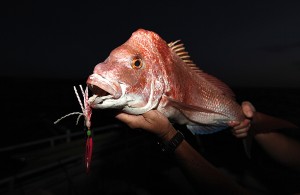 Jig selection
Jig selection
Most lure anglers can safely say they have lost more jigs than they own! With this in mind, it’s a good idea to stock up on some of the cheaper jigs to get you started. Always keep your eye on the dump bins at tackle shops as they are very often a great source of cheaper jigs.
A particularly good jig that won’t break the bank is the Halco twisty jig. They have caught just about every type of demersal here in WA. Best of all they are super easy to fish and get pleasing results with very little effort. On 30 or 50 pound braid they will be good for water up to about 30 to 40 metres deep as long as you have a reasonably slow drift.
As far as selecting jig weights go, it is always best to have a weight that will have you winding in after drifting for 100 to 200 or so metres. If the jig weight is so heavy that you never have to wind it in, the hooks could become tangled around the jig or main line and fish will be missed. As a very rough guide work on starting with an average drift with about 120 to 150 grams or three to four ounces of jig weight for water about 40 to 50 metres deep. If you can get away with lighter then certainly do it!
Retrieval techniques
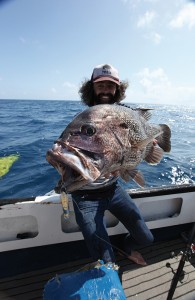 To catch snapper and dhufish, simply drop the lure to the bottom. As soon as it touches down, flip the bail arm over and give two quick winds of the handle without lifting the rod tip, then lift the rod tip and wind simultanteously in a pulsing, fluid motion, then wind and lift a couple more times. At this point pause and wait until you feel weight come onto the jig. As soon as you feel weight, resist the urge to strike the rod violently but rather keep winding until you start to feel the weight really load up. Hopefully by this time the fish will hook itself and it will be more a matter of pump and wind to the surface. If you do not get a hit drop your jig back to the bottom and repeat.
To catch snapper and dhufish, simply drop the lure to the bottom. As soon as it touches down, flip the bail arm over and give two quick winds of the handle without lifting the rod tip, then lift the rod tip and wind simultanteously in a pulsing, fluid motion, then wind and lift a couple more times. At this point pause and wait until you feel weight come onto the jig. As soon as you feel weight, resist the urge to strike the rod violently but rather keep winding until you start to feel the weight really load up. Hopefully by this time the fish will hook itself and it will be more a matter of pump and wind to the surface. If you do not get a hit drop your jig back to the bottom and repeat.
When the lure hits the bottom change the rate of rise from the bottom from faster to slower until you find what is working. Samson fish and seriolas will react a lot more to a really fast retrieve while the demersals will generally respond better to the slower pulsing method. Only wind in enough line so that your jig is about five to ten metres off the bottom. If nothing is happening, then wind a bit higher and let it flutter back to the bottom every now and. This technique can sometimes attract curious fish to the lure from further afield.
So there you have it. The basics of jigging for demersals. We hope that you get the inspiration to give this a go next time you are out bottom bouncing and you too discover the joy that is demersal jigging.
Tips
- Use a quality, clear leader material or fluorocarbon from a reputable maker, this is no place for scrimping and saving.
- If you go the expensive option of fluorocarbon, remember that it generally only lasts for one trip. Most brands will turn white with exposure to the sun and water so use it once and replace it for the next trip. This is also a good idea for monofilament.
- When selecting braid for jigging there are plenty of options. It is wise to spend a bit more money on jigging braid and get something that is as thin as possible for the breaking strain you are after, this allows you to fish lighter jigs in deeper water.
- If you get a tangle or knot in your braid that pulls tight, consider discarding that section especially if there is visible damage and usually even if there is not. Chances are on the next good fish you hook, the line will break where the tangle or knot was even if it still looked OK.
- When respooling with new braid or getting a new brand of leader always test your knots to destruction and try using a couple of other knots. Some lines and leaders respond better to different knots and the only way to find out is to test them before you go fishing. There is no point in making the discovery by losing a good fish.
- With knot tying, practice makes perfect. Keep tying the knots you want to use in every spare moment until you can tie them in your sleep. If you get out on the boat and have to think about it you need to keep practicing.
- Assist hooks. Keep spares on hand and replace old or damaged hooks with new ones.
- Always use drift or sea anchors. Use the biggest one possible or if you still drift too fast use two. Ignore the size ratings for different boats, this is one place where big is best.
- Jig colours are wide and varied. Silver works well as do pinks, greens and oranges. Jigs with glow paint and eyes also seem to work well. Some species seem to prefer different colours and once you start catching a few fish you can start doing your own experimenting.



